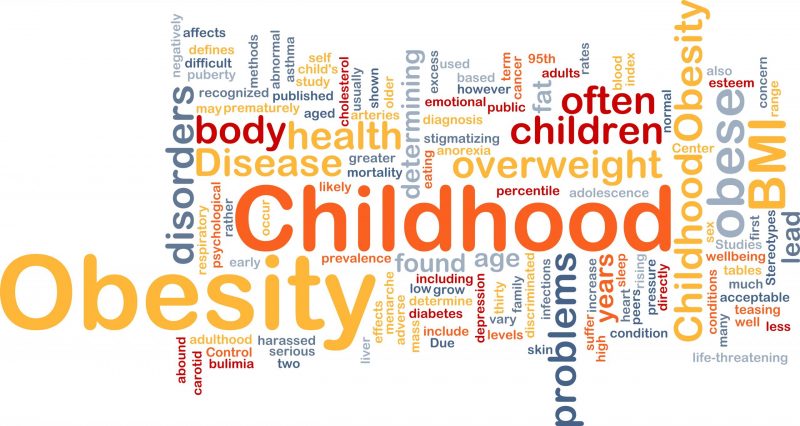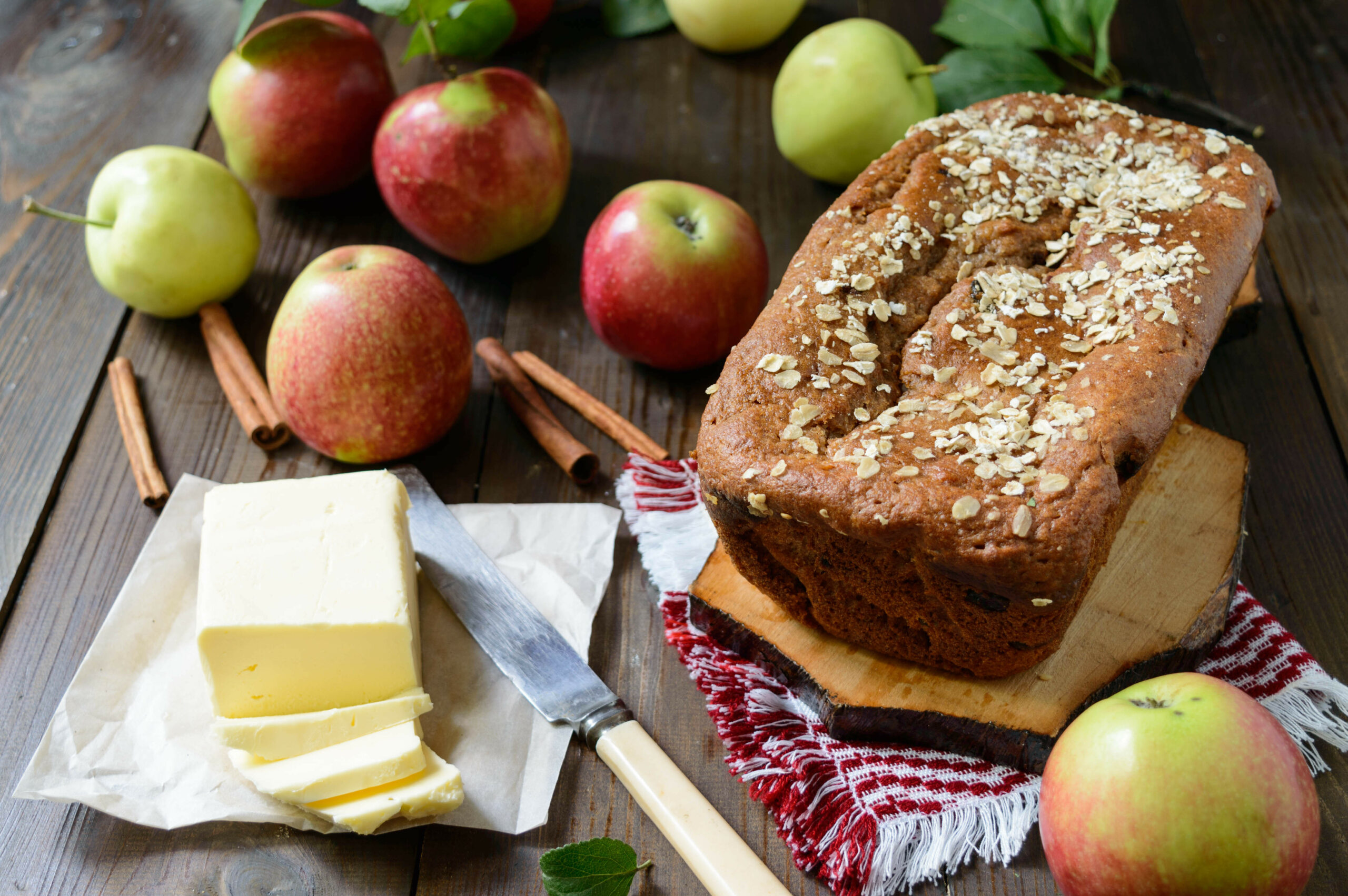What is Child Obesity?
The world is experiencing a once-in-a-lifetime pandemic, and here in the US where childhood obesity was already 1 in 5 prior to the closing of schools, children across America are without the physical activity needed to sustain a healthy lifestyle. While children are losing access to important opportunities for physical activity, parents are struggling to keep them motivated, engaged, and well-fed. With PE cancelled and other organized sports and afterschool programs still on hold, children are not only facing a loss of physical activity, but a lack of social and emotional wellness too. Putting this together with an “all-day access” to the pantry that comes with the new virtual homeschooling environment and we are facing another public health crisis, CHILDHOOD OBESITY.
Obesity in children carries a wide range of health issues, including Type 2 diabetes, breathing issues, and high blood pressure. Physical inactivity and poor nutrition among children are major risk factors for childhood obesity and other chronic health conditions. Over 75 percent of children and adolescents in the United States do not meet the daily physical activity level recommendations (60 minutes or more), and nearly half exceed 2 hours per day in sedentary behavior. Current models estimate that childhood obesity rate may increase by two and a half percent if school closures continue through December 2020.
Since the beginning of the pandemic, doctors report seeing an increase in weight gain in both children and adults and are urging parents to make some changes to break the cycle, and quickly. Unfortunately, there is no crystal ball that can tell us when schools will re-open and physical activity will no longer be a thing of the past. But luckily there are some things parents can put into play now that can help us get back on track and be ahead of the game when things start to get back to normal.
Steps to Reduce Childhood Obesity
- Replace the junk food in the fridge and pantry with healthier, low sugar options (check out our new reduced sugar kids juice and fruit+veggie pouches here)
- Take the time to meal prep, easy to grab snacks are a must for kids
- A healthy breakfast is key, especially when trying to motivate
- If possible, plan for a family sit down dinner, and then get outside for a walk
- Have kids find low sugar snack or dessert recipes you can make together
- Encourage children to get outside, walk, run, skip, play ball and limit screen time
- Set up a circuit in the house with a list of exercises and challenge kids to improve over time. Make it a competition for the whole family!
- Most important, be a good role model. Parents need to remember focus on the example you are setting. Healthy eating should be a family activity that parents model, not just enforce.
Childhood Obesity Factors
We understand that not all these ideas seem feasible for all parents to adapt to and may leave some feeling hopeless. Luckily, North Coast Organic is here to help! All our products are USDA certified organic, Non-GMO Project verified, and made only with whole USA grown apples. We never add sugar, preservatives, or natural flavors because when you are working with fresh apples you already have all the sweetness and pure refreshing taste you’d expect from America’s favorite fruit, naturally! And because of this our juices and sauces can help satisfy that sweet tooth and help curb hunger pains at the same time. Find the products that will only add goodness to your pantry, including our new reduced sugar kids juice drink, through the store locator on the North Coast website. The whole family will thank you!
North Coast Organic apple products are made in Sebastopol, CA from U.S. grown certified organic apples. They contain no added sugars, preservatives, colorings or flavorings. Please Contact Us for more information.







